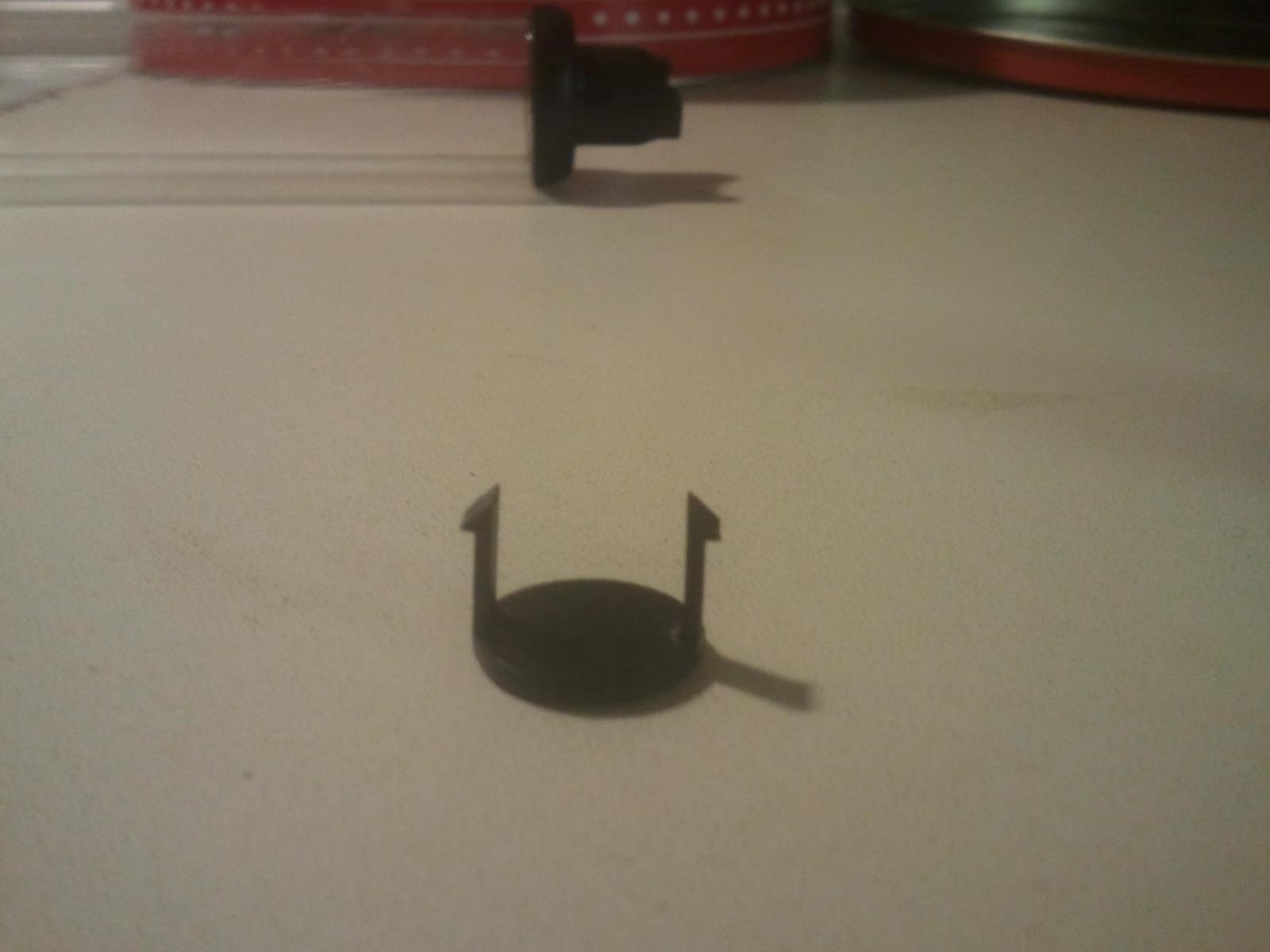I actually have a bottling bucket and a really crappy bottling wand that i got with my set. I added the priming mixture to the bottling bucket and then siphoned the beer on top.
The extra gear didnt really help me though since most of the damage was already done when i siphoned the beer from the fermenter to the bottling bucket. The siphoning to the bottles from the bottling bucket just sealed the deal because i had to keep pumping all the time which caused spillovers and a lot of foam.
When i get home tonight i am going to test the auto siphon with the water thing you suggested. If it doesnt work i will send a complaint to the store i bought it from
The extra gear didnt really help me though since most of the damage was already done when i siphoned the beer from the fermenter to the bottling bucket. The siphoning to the bottles from the bottling bucket just sealed the deal because i had to keep pumping all the time which caused spillovers and a lot of foam.
When i get home tonight i am going to test the auto siphon with the water thing you suggested. If it doesnt work i will send a complaint to the store i bought it from


















































![Craft A Brew - Safale BE-256 Yeast - Fermentis - Belgian Ale Dry Yeast - For Belgian & Strong Ales - Ingredients for Home Brewing - Beer Making Supplies - [3 Pack]](https://m.media-amazon.com/images/I/51bcKEwQmWL._SL500_.jpg)









